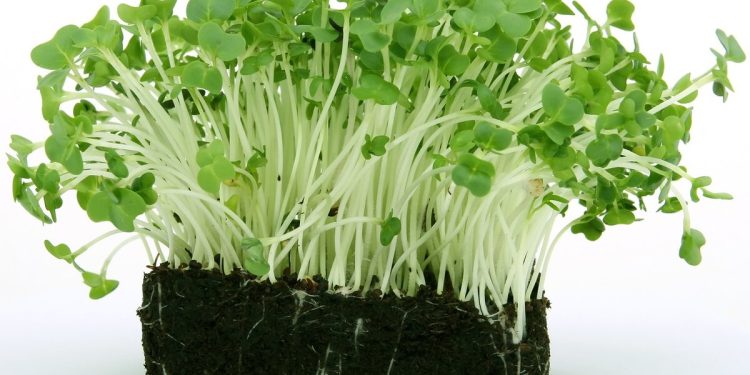Garden cress (Lepidium sativum) is a fast-growing and nutritious crop that can be easily grown in gardens or small-scale farms. This article will explore the latest data on the nutritional and health benefits of garden cress, as well as tips for growing and harvesting this crop.
According to a study published in the Journal of Food Science and Technology, garden cress is a rich source of vitamins, minerals, and antioxidants. It is particularly high in vitamin C, iron, and calcium, making it an excellent addition to any diet. Additionally, garden cress has been shown to have anti-cancer properties due to its high levels of phytochemicals.
In terms of growing garden cress, it is a relatively easy crop to cultivate. It can be grown in a variety of soils, although it prefers moist and fertile soil. Garden cress can also be grown indoors in containers or trays, making it a convenient option for urban farmers or those with limited outdoor space.
When harvesting garden cress, it is best to wait until the plants have reached a height of 10-15cm before cutting the leaves with scissors. The leaves can be used fresh in salads, sandwiches, or as a garnish, or they can be dried for later use in soups or stews.
In conclusion, garden cress is a nutritious and easy-to-grow crop that offers a range of health benefits. Whether you are a small-scale farmer or an urban gardener, consider adding garden cress to your crop rotation for a healthy and flavorful addition to your diet.
#GardenCress #Nutrition #HealthBenefits #AntiCancerProperties #CropRotation #Farming #Agriculture












